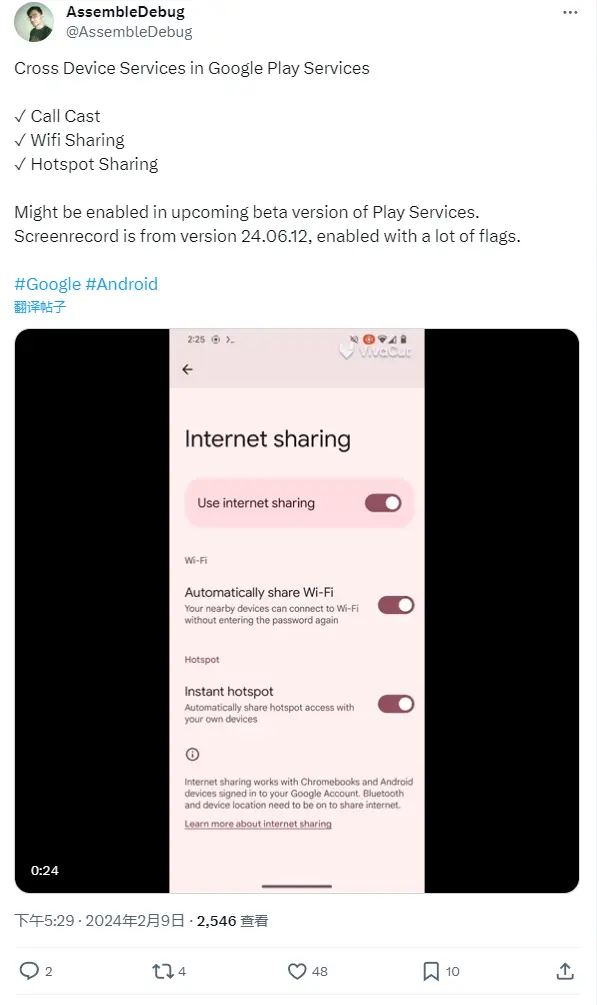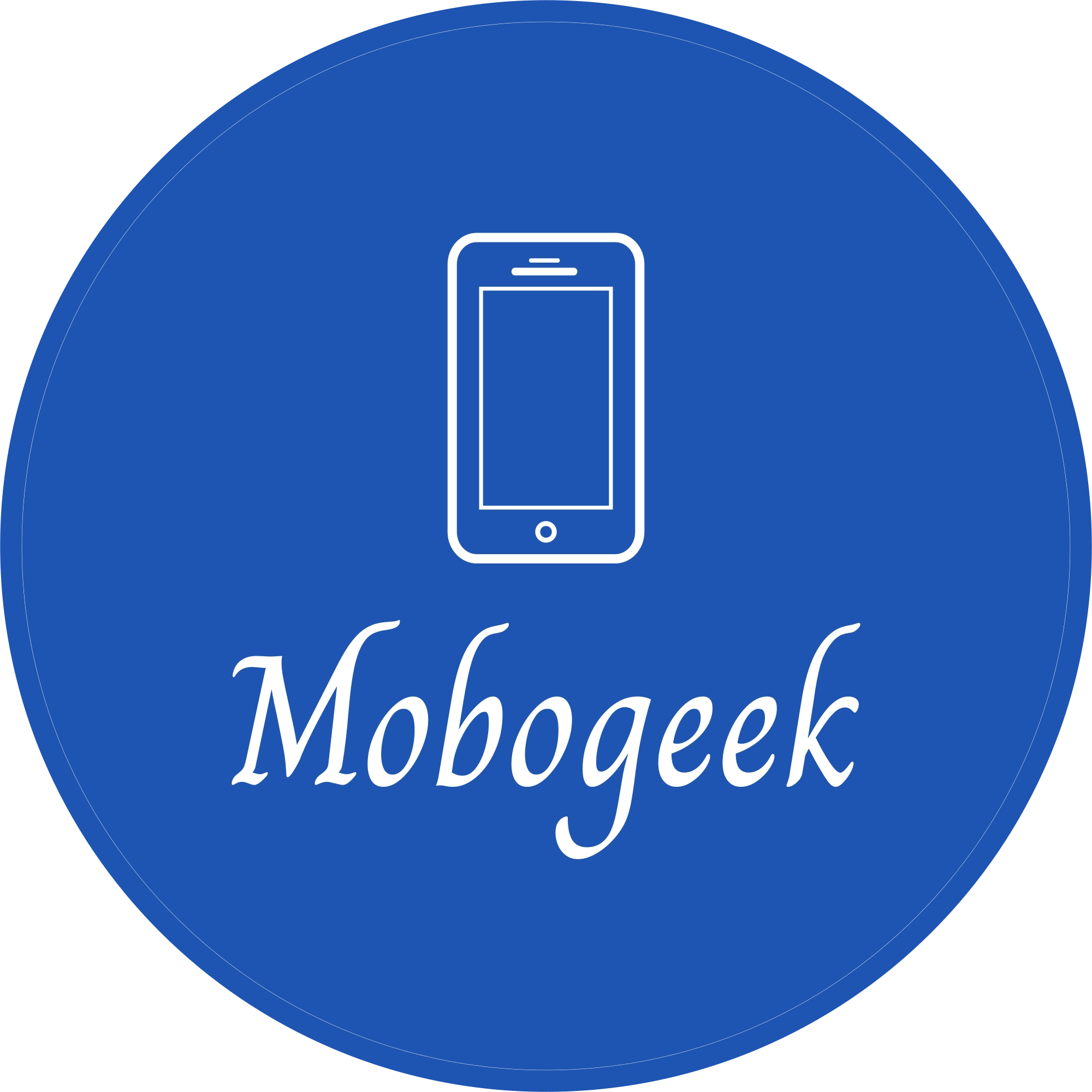Introduction
Google has embarked on a mission to revolutionize the way Android devices interact and function, drawing inspiration from Apple’s playbook. Renowned for its groundbreaking innovations, Google is now dedicated to refining the user experience and connectivity among Android devices. Recent updates to Google Play services have unveiled remarkable advancements aimed at enhancing communication and collaboration between Android and ChromeOS devices.
Embracing Innovation
Google’s relentless pursuit of innovation has led to the unveiling of the updated ‘cross-device service,’ now rebranded as ‘Devices and Sharing.’ This revamped version, numbered 24.06.12, introduces a host of new features designed to streamline device connectivity and usability.
The Evolution of Devices and Sharing
The latest iteration of Google’s cross-device service, dubbed ‘Devices and Sharing,’ introduces three key functionalities poised to redefine device interactions: call transfer, hotspot sharing, and Wi-Fi sharing.
Call Transfer: Seamless Connectivity
The call transfer feature facilitates the seamless transition of calls between devices without interruptions, provided both devices are linked to the same Google account. This capability ensures uninterrupted communication, enhancing user convenience and productivity.
Hotspot Sharing: Simplified Access
Hotspot sharing empowers users to control another device’s Wi-Fi hotspot connection effortlessly. By enabling one device to manage the hotspot of another, Google simplifies the process of accessing the internet, especially in shared or collaborative environments.
Android Wi-Fi Sharing: Enhanced Connectivity
Wi-Fi sharing revolutionizes the sharing of Wi-Fi passwords between devices, eliminating the need for cumbersome manual input. Leveraging QR code sharing technology, users can effortlessly share Wi-Fi credentials, fostering seamless connectivity across their ecosystem of devices.

Pioneering Device Groups
Beyond the current updates, Google is actively developing a feature known as “Device Groups.” This upcoming functionality will enable users to group multiple devices under a single Google account, fostering enhanced synergy and interaction among them. By facilitating the creation of device clusters, Google aims to elevate the interconnectedness of Android devices to unprecedented levels.
Challenging the Status Quo
Google’s relentless pursuit of innovation poses a significant challenge to Apple’s dominance in the ecosystem domain. By introducing these transformative updates, Google aims to redefine the Android experience, making it more cohesive, user-friendly, and interconnected than ever before.
Conclusion
In conclusion, Google’s commitment to enhancing device connectivity underscores its dedication to innovation and user experience. The introduction of ‘Devices and Sharing’ and the forthcoming ‘Device Groups’ feature herald a new era of seamless integration and collaboration among Android devices. As Google continues to push the boundaries of technology, Android users can look forward to a future characterized by enhanced connectivity and unparalleled convenience.
FAQs
1. How do I transfer calls between devices using Google’s call transfer feature? To transfer calls seamlessly, ensure that both devices are linked to the same Google account. Then, simply initiate the call transfer process through the device’s interface.
2. Can I share my Wi-Fi hotspot with another device using Google’s hotspot sharing feature? Yes, Google’s hotspot sharing feature allows you to grant access to your Wi-Fi hotspot from another device, simplifying internet connectivity in collaborative settings.
3. Is Wi-Fi sharing limited to sharing passwords through QR codes? While QR code sharing is a convenient option, Wi-Fi sharing also facilitates password exchange through other means, ensuring effortless connectivity between devices.
4. How can I create device groups with Google’s upcoming feature? Once the feature is released, you’ll be able to create device groups through your Google account settings, enabling seamless interaction and management of multiple devices.
5. Are these updates exclusive to Android devices, or will they extend to other platforms? While initially targeted at Android devices, Google may explore integrating these features with other platforms in the future to foster broader connectivity and interoperability.


